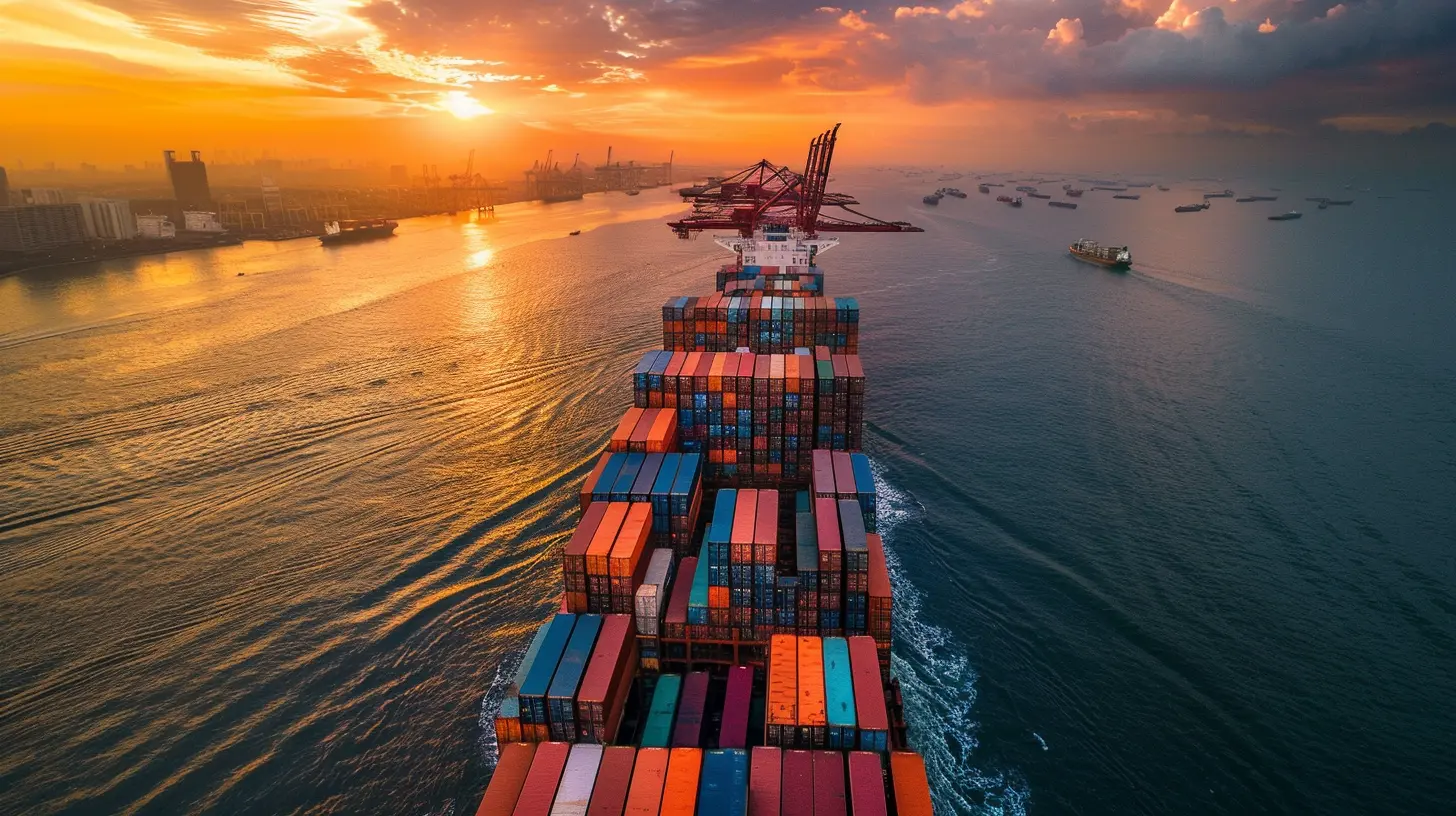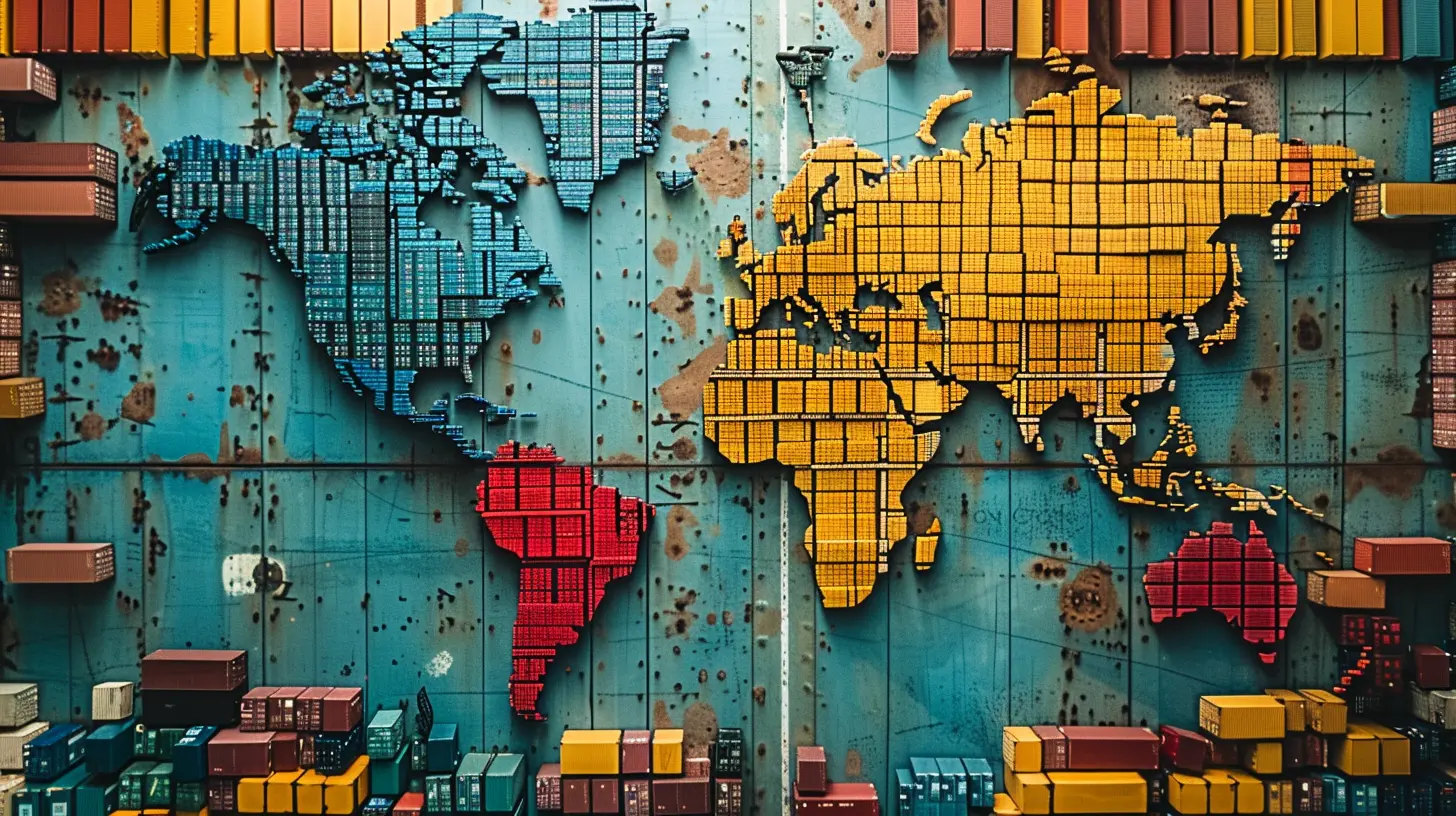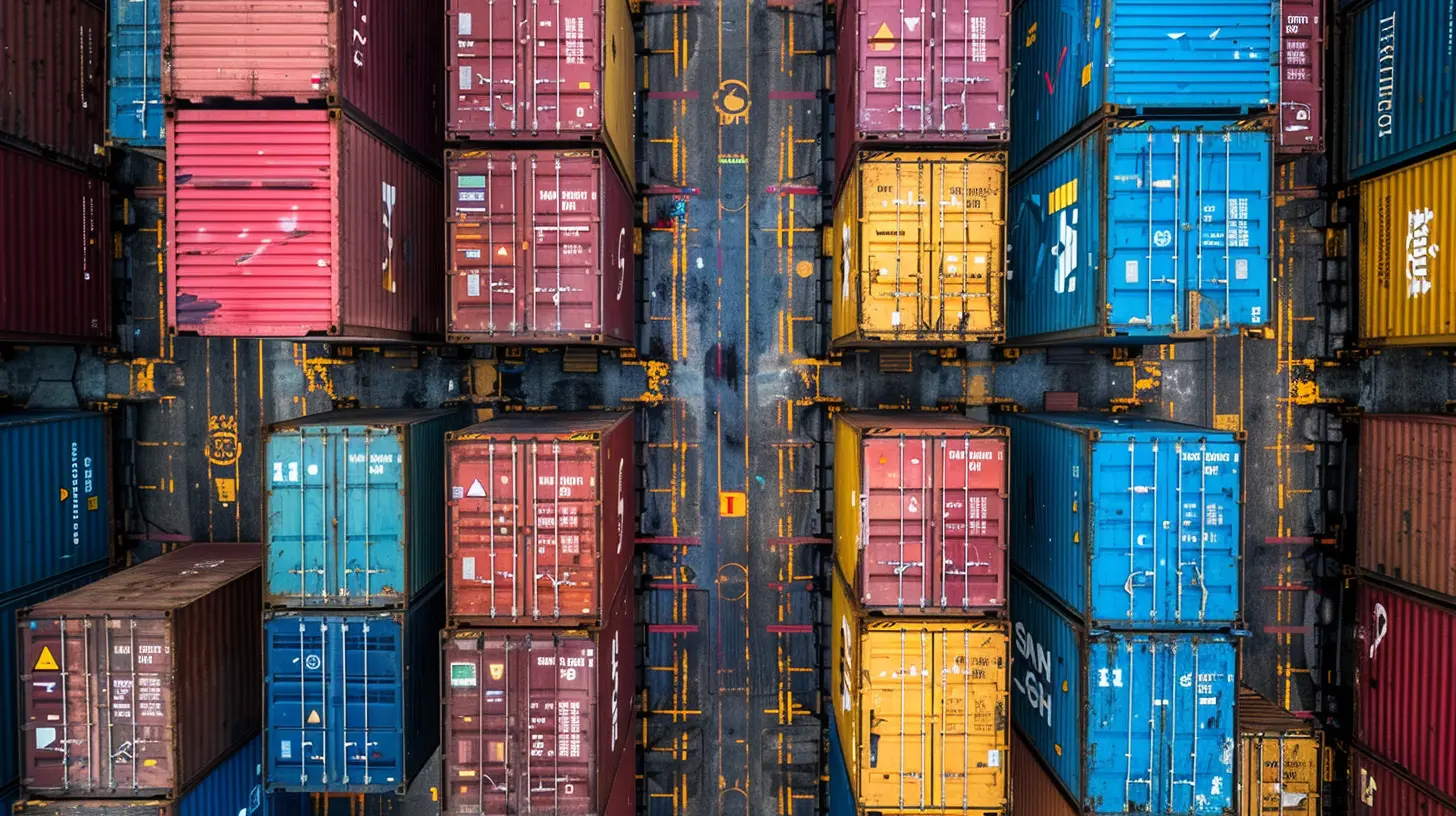How Trade Wars Are Reshaping Global Supply Chains
11 August 2025
When someone says "trade war," you probably imagine political leaders shaking fists, slapping tariffs on goods, or throwing around threats in press conferences. But there’s a bigger—and far more subtle—story happening behind the scenes. One that's not just about governments and policies. It's about how businesses, big and small, are scrambling to adapt. It’s about rethinking strategy, relocating factories, and rewriting decades-old logistical playbooks.
So let's dig deep into how trade wars, especially over the past few years, are reshaping global supply chains in ways many of us never expected. Buckle up—because this economic thriller is more suspenseful than you think.
The Calm Before the Storm: When Globalization Was Simple
Once upon a time, building a global supply chain was relatively straightforward. Companies would look for the cheapest place to manufacture, usually somewhere in Asia, then ship products worldwide.Simple, right?
But here’s the catch: that model heavily relied on geopolitical stability. Everyone had to play nice and follow the same rules. Spoiler alert: they didn’t. And that’s when the storm hit.
What Exactly Is a Trade War?
Before we dive into the effects, let’s quickly cover the basics. A trade war happens when countries impose tariffs or restrictions on each other’s goods and services in retaliation.Think of it as the economic version of a food fight—messy, loud, and hard to clean up.
But instead of mashed potatoes flying across a lunchroom, it’s steel, semiconductors, and soybeans caught in the crossfire.
Flashpoint: U.S. vs. China
Remember 2018? That’s when the U.S.-China trade war really took off. Tariffs flew back and forth like a tennis match. Both countries targeted billions of dollars’ worth of goods, and suddenly, companies found themselves holding massive price tags they hadn’t budgeted for.Apple, for instance, had to reevaluate where its iPhones were assembled. Automakers started calculating whether building facilities in the U.S. was cheaper than paying steep import duties. And suddenly, the once-efficient global supply chain looked more like a house of cards.
The Domino Effect: Why One Trade War Affects Everyone
It’s easy to think that a trade war between two countries only affects those two. But global trade is like a spider web—tug on one thread, and the entire thing quivers.Here's an example: A U.S. manufacturer building smartphones uses screens from South Korea, microchips from Taiwan, assembly in China, and sells the final product in Europe.
One tariff anywhere in that chain? It throws the entire operation off balance.
Costs go up. Deliveries slow down. Customers get annoyed. And worst of all, profit margins shrink.
Rethinking the Old Playbook: The Rise of Nearshoring and Friendshoring
With global supply chains suddenly resembling obstacle courses, companies began looking for alternatives.What’s Nearshoring?
Nearshoring involves moving manufacturing closer to home. For a U.S. company, that might mean shifting production from China to Mexico. It’s not quite local, but it cuts down on shipping costs, reduces tariff risks, and adds a bit more predictability.Enter Friendshoring
Friendshoring, on the other hand, means moving manufacturing to countries that share your political values and stable trade relations. This strategy isn’t about geography—it’s about trust.So instead of relying heavily on China, some companies are now investing in India, Vietnam, or even Eastern Europe. Better safe than sorry, right?
Supply Chain Diversification: No More Putting All Your Eggs in One Basket
Years ago, businesses focused on one thing: efficiency. Squeeze costs. Streamline operations. Push just-in-time inventories.But trade wars have turned efficiency into a liability.
Now? It’s All About Resilience.
Let’s say you're a retailer with one supplier in China. If a tariff hits, you're stuck. But if you have three suppliers spread across Vietnam, Mexico, and Poland? Now you’ve got options.It’s the same reason people don’t put their entire retirement savings into one stock. Diversify or die, as they say.
Real-World Example: What Happened to the Electronics Industry?
Electronics has been one of the hardest-hit sectors during trade wars. Companies like Sony, Samsung, and even Tesla found themselves dancing around tariff deadlines.As a result, more factories popped up in places like Vietnam, Malaysia, and India. Apple even started assembling some iPhones in India—a move that would’ve sounded wild five years ago.
And it’s not just assembly lines. R&D, supply nodes, and logistics hubs are moving too. It’s like playing 3D chess—with the rules changing every month.
Logistics Gets a Makeover
You can’t talk supply chains without talking about logistics. And boy, have things changed.The Old Model:
Massive ships carrying bulk products across oceans. Weeks-long trips. Predictable schedules.The New Model:
Smaller shipments. Air freight gaining popularity despite higher costs. Warehouses closer to the end customer.Companies are investing heavily in logistics optimization. Think AI-driven route planning, real-time tracking, and flexible warehousing. If traditional logistics was like driving with a paper map, modern logistics is using GPS with live traffic updates.
The Geopolitical Chessboard: It’s Not Just About Economics
Here’s where things get really interesting—and a little spooky.Trade wars aren’t just economic decisions. They’re political power moves.
When countries weaponize trade—by banning exports, restricting tech partnerships, or slapping sanctions—they’re essentially saying, “We don’t just want your money. We want leverage.”
Just look at semiconductors. The U.S. cracked down on Chinese access to advanced chipmaking technologies, not because of a price issue—but because chips power everything from computers to missiles.
Global supply chains are now pawns in a much bigger game.
The Ugly Truth: Small Businesses Are the Biggest Casualty
While giant corporations can pivot, absorb costs, or lobby for exemptions, small and medium-sized businesses aren't so lucky.Imagine you’re a U.S. toy company and all your products are made in China. Tariffs hit, and suddenly your price doubles. Customers go elsewhere. You try to shift production to Vietnam, but guess what? You don’t have the scale or capital to pull it off.
Many SMBs are left stranded—outpriced, outmaneuvered, and in some cases, out of business.
The Role of Technology in Navigating the Chaos
Let’s end on a slightly hopeful note, shall we?Technology is giving businesses tools to rebuild smarter, more agile supply chains.
- Cloud-based inventory systems offer more visibility.
- AI predicts risks and suggests alternatives.
- Blockchain ensures traceability and transparency.
It’s not foolproof. But it gives companies a fighting chance when trade policies shift overnight.
So, What’s Next?
Honestly? No one knows for sure. Predicting trade relationships is like forecasting the weather on Mars.But one thing is certain: the age of hyper-efficient, just-in-time, single-source supply chains is over. What’s replacing it is a more complex, more fragmented, yet more adaptive model.
Business leaders today need to think like chess masters and jugglers at the same time—strategic, agile, and always ready for curveballs.
So the next time you hear “trade war” in the news, don’t just think politics. Think about the hidden world of logistics, warehouses, boardroom decisions, and everyday products that quietly shift as countries clash.
Because whether we notice it or not, trade wars are redrawing the map of global business—and the ink is still wet.
all images in this post were generated using AI tools
Category:
Economic TrendsAuthor:

Rosa Gilbert
Discussion
rate this article
1 comments
Astoria Franklin
Great insights! Adaptability is key for success!
August 13, 2025 at 4:27 AM

Rosa Gilbert
Thank you! Absolutely, adaptability is crucial in navigating the complexities of evolving trade dynamics.


